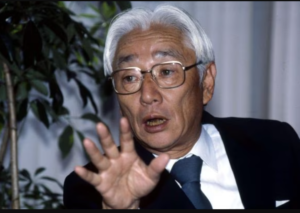Local governments and companies across the country are introducing ChatGPT to improve business efficiency, but Mitoyo City, Kagawa Prefecture, announced that it has given up on introducing ChatGPT for garbage disposal guidance. We asked an AI professional to explain why ChatGPT, which is supposed to learn vast amounts of data from the Internet and provide appropriate answers, cannot be used to guide people when taking out the trash.
In June, Mitoyo City began a demonstration experiment of garbage disposal guidance using ChatGPT in collaboration with the laboratory of Professor Yutaka Matsuo of the University of Tokyo Graduate School, an authority on AI research. The content of the service is that when you enter a question about garbage on a dedicated screen on the city’s homepage, the AI will automatically respond 24 hours a day with information such as sorting methods and collection dates. The service is also available in approximately 50 foreign languages, and is expected to reduce the burden on staff and improve citizen services.
In the experiments conducted in June and July, the correct answer rate was as low as 62.5%, so the Matsuo laboratory changed the large-scale language model from GPT-3.5 to GPT-4 and changed the one-question, one-answer format to an interactive format. In the second experiment in October and November, the correct answer rate greatly improved to 94.1%.
However, the city did not reach the “99% correct answer rate” that it had set as a condition for full-scale implementation, and the city announced that it would abandon the implementation. The city plans to use the data from the demonstration experiment to consider whether ChatGPT can be used for other tasks.
Source: Business Journal
https://biz-journal.jp/it/post_367346.html







